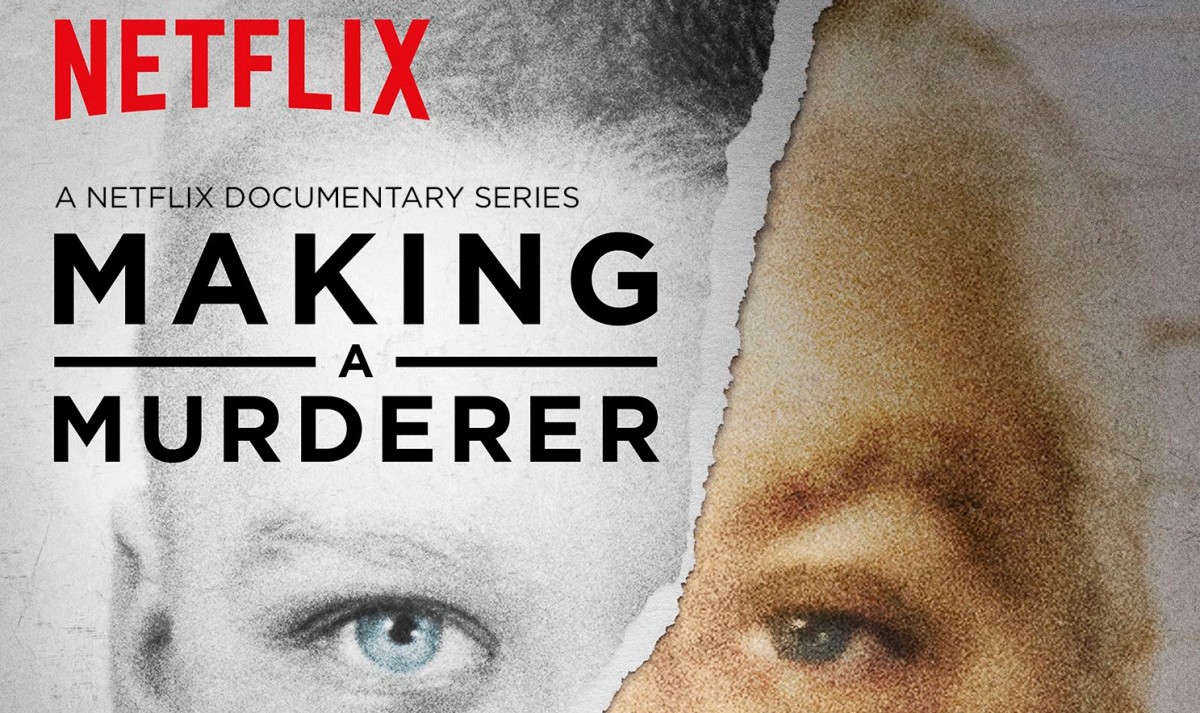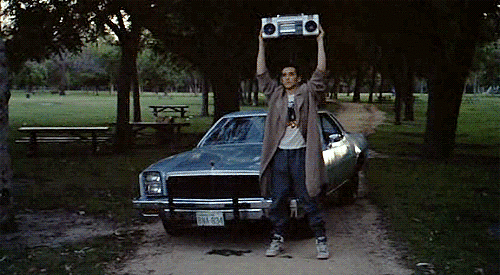The Hierarchy of Rejection
Rejection is a simple thing. It’s easily recognized and when it happens to you, it never feels good. When you’re a writer, though, on the journey toward publication, rejection begins to take on a new meaning. It’s not that the sting of it is any less painful. Or that you won’t heartily wish you had NOT gotten rejected. But what has changed is how you measure your rejections.
Last week, I received a rejection on a short story. It came eleven months after submission, and after hearing at about month five that the story was in “further review with editors” I believed, that I’d made it past the gatekeepers and was in serious consideration. But that didn’t stop the rejection, nor the sting of it.
And what also stung was the fact that it was a form rejection. I learned from authors with this publisher that this particular line doesn’t send anything BUT the form rejection. They never respond personally when they reject a story. Good information to have, and something that helped to take a little of the pain out of the form R.
Which brings me to my post title: the hierarchy of rejection.
As a submitting writer, it’s important to know that not all rejections are equal. It’s important to know what sort of rejection you’re receiving, where to place it on the heirarchy and what it might mean for where you are in the process. So I thought I’d devote a couple of blogs to talking about Rejections — the heirarchy of them, what they mean to you as a writer, and when to sit up and pay attention.
There are a few heads on the Totem Pole of Rejections, and here’s where I define them:
- Form Rejection
- Personalized Rejection
- Personally Critiqued Rejection
- Revision Requested Rejection
This week, we’ll discuss the groan-inducing form letter rejection.
A form rejection is the low rung on the Rejection Hierarchy. Consider it like the guard outside of Buckingham palace that never makes faces and never acknowledges you are even standing in front of them, doing somersaults on one hand. The only job of that guard is to protect the hallowed entry. The same is true of Form Rejections – it’s only job is to say ‘No thanks.’
A form rejection is a non-personalized response. It can start with “Dear Writer” or your name, depending on how ambitious the assistant is. But it’s the basic response that can include some of the following wording:
- doesn’t fit our list
- Not quite what we’re looking for
- Your story is not developed enough
- I didn’t feel passionate enough about the story
- I’m not the best agent for this story but I wish you success elsewhere
- It’s just not right for us
In a blog post by Angela James back in 2007 (to which I have now lost the link, sorry about that), she said a form rejection “offers no opportunity for future engagement in correspondence and no reason for the editor/author to have any type of back and forth exchange. But neither does it give the author any hint of the reason why.”
The most important thing to know about form rejections is how hard it is to pull anything useful from receiving one. You’ll go nuts trying to analyze the wording of it for anything related to your story. Remember the guard in front of Buckingham Palace? He doesn’t give up what he’s thinking about you either. The wording of the form rejection was created long before your story ever hit their inbox.
Why Do They Send Them?
When personalized rejections can offer us insight and tips on how to improve, as a writer, we’d love to receive them all the time. But it’s not feasible, and that isn’t just because of lack of time. Agents and editors are inundated with submissions so unless they never did anything but write to the rejected, they can’t keep up. But the reason often goes beyond that.
Agents and editors have learned to be wary. Not all writers are professional, and I’ve read on numerous blogs that an agent will respond with comments meant to be helpful, only to be blasted in response. After that happens enough, it stops being worth the time they take trying to help you as a writer. That is why the Literary Gods created form rejections.
So when do you pay attention to the form rejections?
Before you send your work to anyone, you should have run it past critique partners, given yourself separation from it to gain fresh eyes for editing, and polished it to within an inch of your fingerprints. Read books such as THE FIRE IN FICTION by Donald Maass or any of the hundred other good, solidly helpful books. Just read something beyond your own words, to see how your own writing stacks up.
If you’ve done all that, form rejections could simply mean your style doesn’t jive with their style. But it could very well match perfectly to someone else’s. Your story may not fit what they want right now. Or they might have a story similar to yours already under way.
Or it could mean that the writing isn’t up to par. In my opinion, if you’ve done the work first and you believe you sent your story in the best form you could, then one rejection is not enough to decide it’s crap. Pay attention when the majority of responses you get are form rejections. If you’re stacking up six, seven, or more from places that you know send more than form rejections, then it’s time to reevaluate what you’re sending. Perhaps your query isn’t hitting the best points. Perhaps your chapters need to be tightened or start in a different place. One form rejection can mean nothing. But a handful or a drawer full should tell you it’s time to look at your story with fresh eyes.
Rejections stink. There’s no way around them, but give yourself the time to feel the disappointment, then remember it’s important to move on. Send your story to the next agent/editor on your list, or work on another WIP. Don’t give up, because while you might be getting a rejection right now, you’re never going to get a “we want this” unless you keep sending your work out.
Next week, we’ll look at Personal rejections.







The fact that you got a rejection sucks, Jeannie, but I love how you turned it around to a positive – an oppotunity to help us all deal with our rejections. I need to post a “don’t worry about that first form letter” above my writing space, I think.
Thanks for the perspective!
This is a terrific, and timely, article, Jeannie! Since I don’t know how you will approach the personal rejection, I would like to add a sort of 1A Personal Form Rejection to the list just in case. You know, the one where the editor/agent says nice things about you (and you know they are personal) but doesn’t give any reason beyond “no enthusiasm” or “not right for us.” Ah well. Moving on down the list…
Jeannie: First, hugs on the rejection but a “high-five” on the bounce back. The best thing you can do is to glean knowledge and experience from it and apply it forward. You did that by providing the rest of us with great insight – great way to make a positive out of a negative.
I think I found the article you referenced – here is the link:
https://www.romancingtheblog.com/blog/2007/10/10/do-you-want-me-to-get-personal/
Looking forward to your next post.
This topic is really timely for me as I’m in the process of submitting a story. And have received 2 rejections. One a Personalized and one a Form. Ironically, I’ve went through this before with the 4 published stories. Each one of those had rejections before they were contracted.
#1 had 3 rejections
#2 had 4 rejections
#3 had 4
#4 had 2
All of the above had varying types of rejections with some requesting fulls. And, you’re right, those hurt the worse when I get back rejections.
I don’t react the same as I did in the beginning but like you said there is still a sting to it.
Looking forward to future posts on this subject.